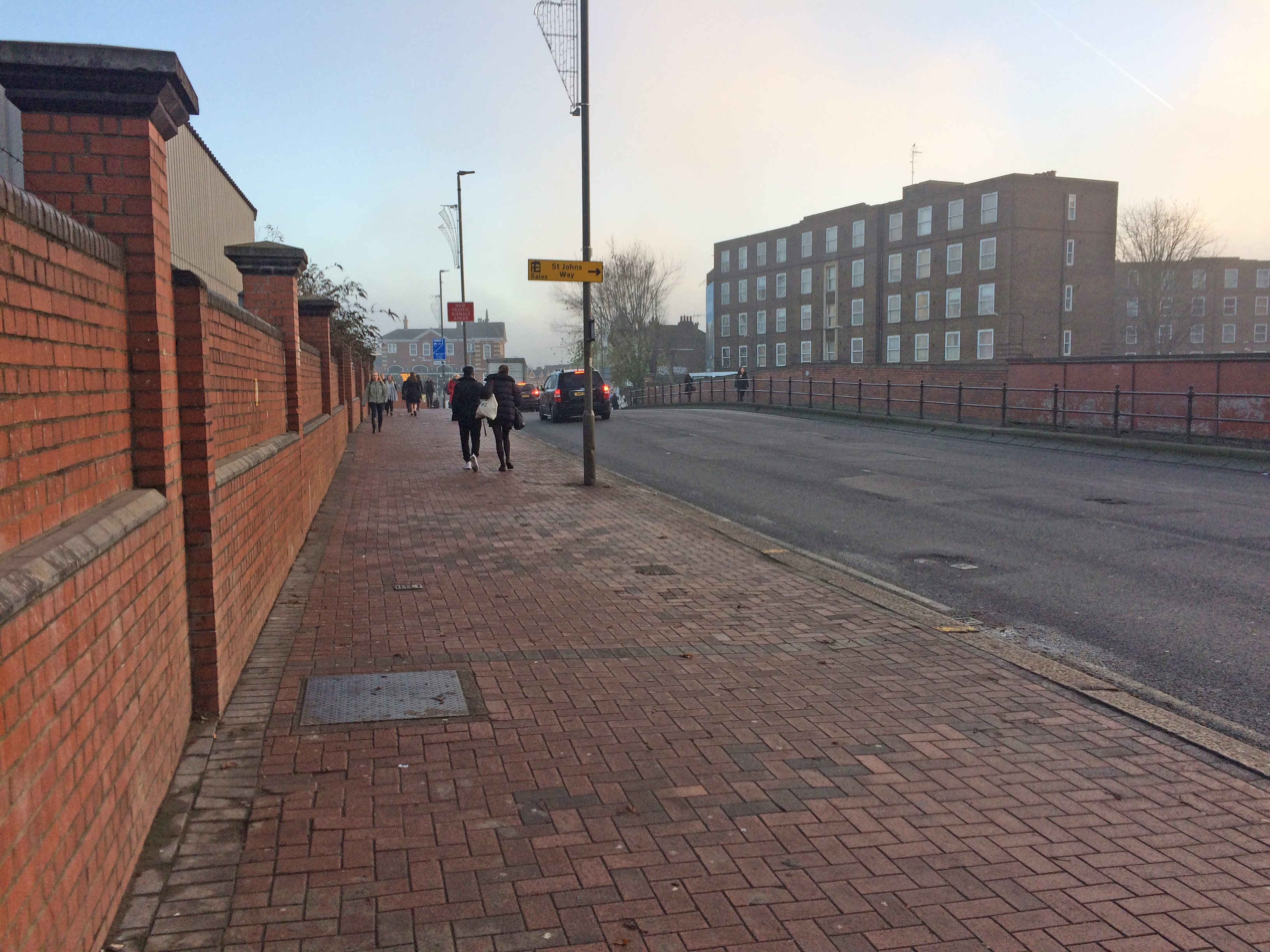Challenges and Solutions
The main challenge of this project was the location of the bridge and the busy 2,000 train per hour station. FM Conway agreed that the works would take place during the night to reduce the impact to the public. Marcin Naglak had to maintain contact with Network Rail’s Controller of Site Safety (COSS) to ensure that the electricity supplies to the track were isolated for the teams to work safely.
During the inspection it was discovered that the reinforced concrete beams were incapable of carrying pedestrians and posed an immediate risk to the tracks below. The team enlisted FM Conway’s Structures division who removed the delaminated concrete as a safety precaution to prevent it falling below and damaging network rail assets. The concrete was safely removed during one of the possessions, utilising the time and quick deployment to preserve the asset, but to also save money having to revisit on a further track possession.
Once this was completed, the team conducted the desk assessment by loading in the factors inspected during the in situ visual and intrusive investigations.
Outcomes
The information gathered from the visual inspection was then used to conduct the desk study, which, in turn, resulted in the recommendations presented to the client.
It was concluded that the defects discovered were caused by a severe lack of maintenance and that nearly one hundred years of water ingress from the carriageway surface to the structural elements led to the current poor condition of the structure.
The team found that the reinforced concrete beams were incapable of carrying pedestrians and, as a precaution, resulted in the immediate closure of the footway. There were also suggestions to enlist a weight restriction on the bridge. The recommendations were made to extend the longevity of the bridge; these were divided into Short-Term (within 1 year), Medium-Term (within 2 years), Long-Term (within 3 years).

